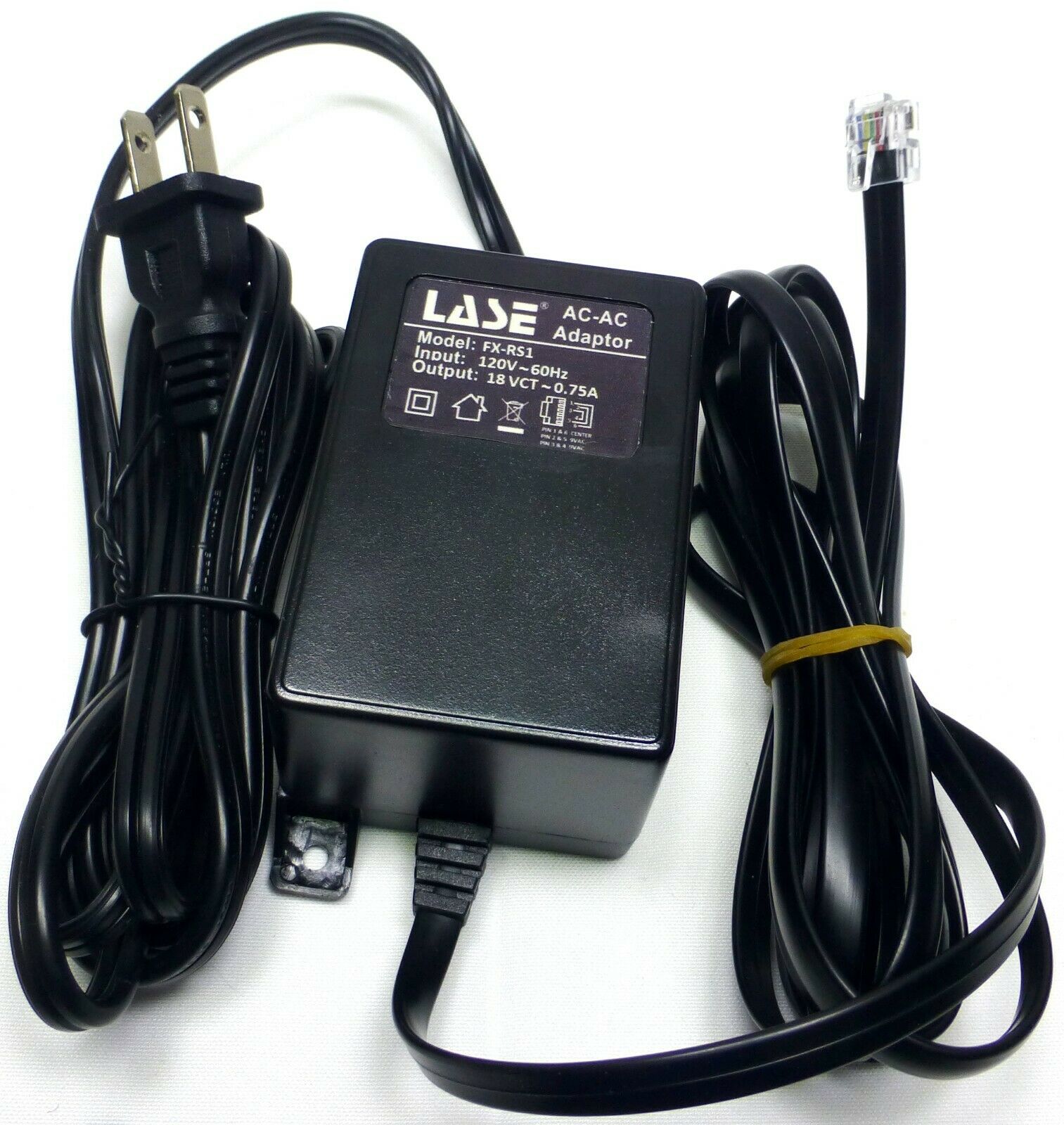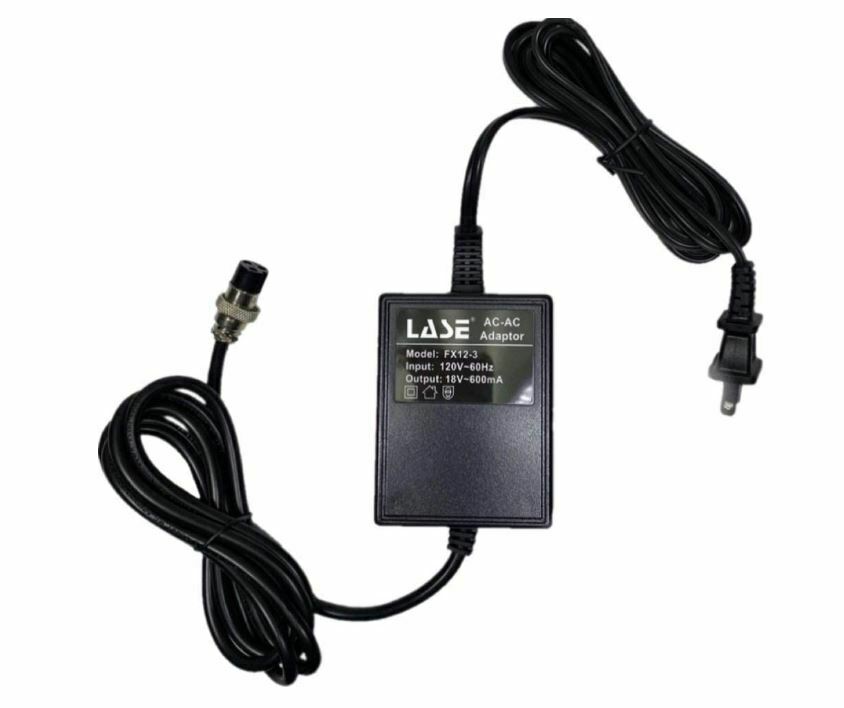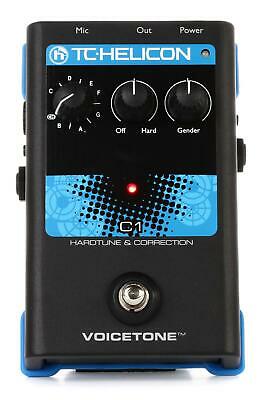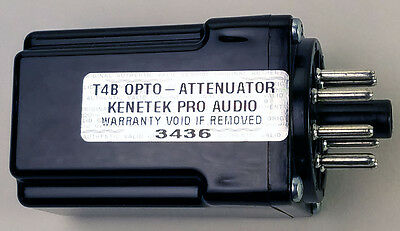-40%
ASHLEY -XR1000 3 WAY CROSSOVER
$ 79.2
- Description
- Size Guide
Description
The XR-Series crossovers fromAshly
have a design goal of producing a crossover that is sonically accurate, is flexible enough to suit a wide variety of systems, and affords maximum protection for speakers and drivers. The
XR1001
crossover is based upon a state-variable filter circuit, which guarantees that two adjacent frequency band outputs always remain in phase. The crossovers offer a number of useful features, including continuous tuning, a response control, and a unique output stage which maintains low noise at any level setting.
The unit can be run as a stereo 2-way, switchable to mono 3-way, 24dB per octave electronic crossover and is housed in a single rack space chassis. Also included are a 200:1 tuning range, output mute switches, and both 1/4" TRS phone and XLR connectors. The XR1001 features low distortion, active balanced inputs, a peak level indicator, a precision regulated power supply and protection against abnormal input or output conditions.
The response control adjusts the damping of the filter, affecting the response shape of the filters at the crossover point. The dial calibrations refer to the amount of attenuation effected by the filter at the crossover frequency, i.e., a setting of 3dB means that the filter's high-pass and low-pass outputs are each "rolled off 3dB at the crossover point". This describes a Butterworth filter response, or a gentle 3dB peak at the crossover point when the two filter output signals overlap.
To obtain a flat signal, or "Linkwitz-Riley" response through the crossover region on the XR1001, the response control should be set to "6". This attenuates each output of the filter by 6dB at the crossover point (two identical signals added together yield a +6dB increase). To obtain a notch at the crossover point, the response control should be turned down past "6". The purpose of this control is to help offset the inaccuracies inherent in typical loudspeakers, thereby helping you to achieve a flat system response.
Variable filter response allows tuning-in Linkwitz-Riley or other filters
24dB/Octave slopes
Output mute switches
Peak overload warning LEDs
Balanced XLR and 1/4" TRS audio connections











